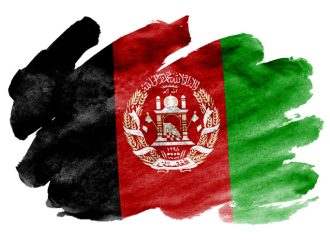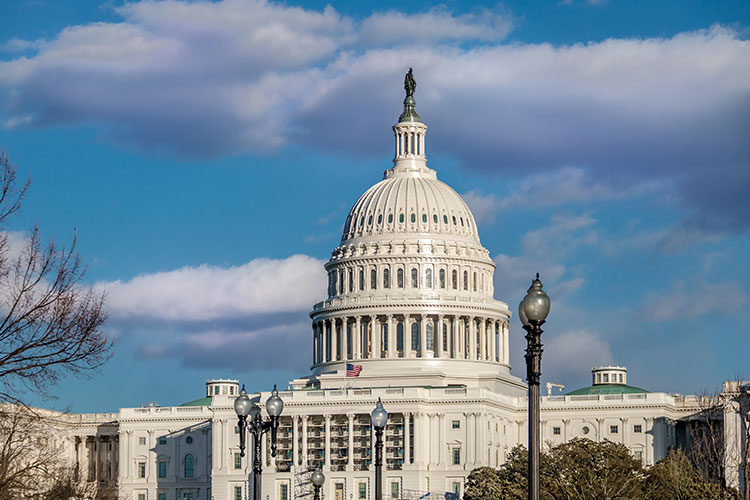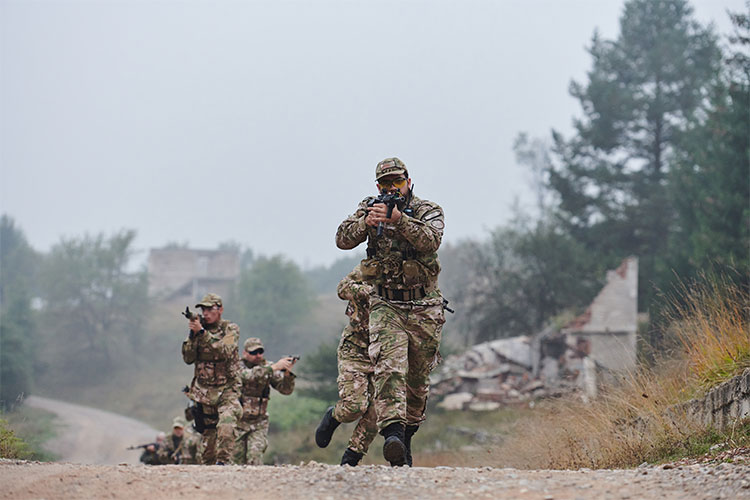Author Recent Posts Syed Basim Raza Latest posts by Syed Basim Raza (see all) Will repatriation of Afghan refugees bring security stability in Pakistan? – April 22, 2025 Land constraints for Agriculture of Pakistan: Way forward – April 22, 2025 Global Tariff War and Its Implications on Economies: An Explainer – April 22, 2025
The repatriation of Afghan refugees may marginally contribute to Pakistan’s security, but it is unlikely to bring lasting stability without addressing deeper militant networks, economic dependencies, and regional dynamics. The Afghan refugees have been living in Pakistan for more than four decades, making the country one of the largest refugee-hosting nations in the world. Following the Soviet invasion of Afghanistan in 1979, millions of Afghans fled to Pakistan to escape war, persecution, and instability. Subsequent events—including civil war, the U.S.-led intervention, the fall of Kabul in 2021, and the return of the Taliban—have triggered continued migration across the shared border. As of 2023, approximately 3.8 million Afghan nationals resided in Pakistan. Among them, about 1.4 million held Proof of Registration (PoR) cards issued by the Pakistani government, granting temporary legal residency. An additional 600,000 or more Afghan nationals had entered the country in the wake of the Taliban’s resurgence in August 2021, many of them undocumented and living in precarious conditions.
In response to growing domestic pressure and rising concerns over internal security, the Pakistani government introduced a policy shift in October 2023 known as the Illegal Foreigners’ Repatriation Plan (IFRP). This plan demanded the immediate departure of all undocumented foreigners—primarily Afghan nationals—by November 2023, with the threat of forced deportation for noncompliance. By early 2025, over 850,000 Afghan nationals had reportedly been repatriated under this plan. The rationale given for the policy was rooted in national security: Pakistani authorities pointed to an uptick in militant violence and alleged that certain Afghan nationals were involved in facilitating or conducting attacks.
The government claimed that groups such as the Tehreek-e-Taliban Pakistan (TTP), banned in Pakistan, were operating from safe havens in Afghanistan. Officials have long alleged that porous borders allow militants to move back and forth, using refugee communities as cover for recruitment, logistics, and infiltration. In 2022 alone, over 300 terrorist incidents were recorded in Pakistan, with a substantial number attributed to actors allegedly operating out of Afghan territory. The security narrative holds that repatriating undocumented Afghan refugees would help disrupt these networks and reduce the threat of cross-border terrorism.
This approach raises serious concerns about the effectiveness and fairness of broad deportation as a counterterrorism strategy. Most Afghan refugees living in Pakistan are not connected to terrorism. Many have been in the country for decades, contributing to local economies and communities. Sweeping assumptions that conflate refugee status with militancy risk creating social divisions and undermining legitimate humanitarian protections. Experts argue that while certain individuals may pose security risks, broad-based repatriation fails to distinguish between high-risk individuals and peaceful residents.
The repatriation effort has had significant economic consequences beyond the security narrative. Afghan refugees play a vital role in Pakistan’s informal labor market, particularly in construction, agriculture, transportation, and small businesses. In cities like Quetta and Peshawar, Afghan laborers are central to daily economic activity. Their abrupt removal has led to labor shortages, delays in production, and increased operational costs for small and medium enterprises. Pakistani employers now face difficulties in filling these roles, as many local workers are unwilling to accept the same wages or labor-intensive conditions. This shift has ripple effects, causing inflationary pressures and slowing regional economies that depend on affordable labor.
At the same time, the repatriation has placed an additional burden on Pakistan’s national budget. Organizing mass deportations requires logistical coordination, transportation, temporary holding facilities, and administrative oversight. These costs are being borne in a context where Pakistan already faces mounting economic challenges, including inflation, foreign debt obligations, and slow industrial growth. In effect, the policy intended to alleviate pressure may be adding strain in other sectors.
Humanitarian concerns over the repatriation policy are equally pressing. The United Nations High Commissioner for Refugees (UNHCR), Amnesty International, and other human rights organizations have strongly criticized the forced returns, highlighting the dangers faced by deported individuals. Under international law, particularly the principle of non-refoulement, refugees must not be returned to countries where they face a credible threat to life, liberty, or dignity. Women, journalists, political dissidents, and former Afghan government employees are among those most at risk in Taliban-controlled Afghanistan. Many deportees have no homes or support networks to return to, leading to displacement, insecurity, and renewed cycles of migration and poverty.
The Afghan government has also condemned Pakistan’s repatriation policy, arguing that the deportations violate both international norms and bilateral understandings. While the Taliban administration denies harboring groups like TTP, Pakistan continues to press for stronger action on cross-border militancy. This blame game has further deteriorated relations between the two countries. Meanwhile, Western countries such as the United States and the United Kingdom—both active in Afghan refugee resettlement efforts—have expressed concern over Pakistan’s approach, urging a more balanced and humanitarian strategy.
While national security is a legitimate concern, repatriation alone cannot resolve the multifaceted challenges facing Pakistan. The drivers of militancy are rooted in complex historical, political, and ideological factors. They require a combination of regional intelligence cooperation, better border management, de-radicalization efforts, and long-term socio-economic investment in conflict-prone regions. Displacing hundreds of thousands of refugees without adequate planning or international collaboration risks creating new flashpoints rather than securing peace.
In conclusion, repatriating Afghan refugees may offer a temporary sense of control over internal security dynamics, but it is not a guaranteed path to lasting stability. Any meaningful resolution must balance security interests with economic realities, humanitarian obligations, and geopolitical sensitivities. Without such a holistic approach, Pakistan risks trading one form of instability for another.
- Will repatriation of Afghan refugees bring security stability in Pakistan? - April 22, 2025
- Land constraints for Agriculture of Pakistan: Way forward - April 22, 2025
- Global Tariff War and Its Implications on Economies: An Explainer - April 22, 2025












Leave a Comment
Your email address will not be published. Required fields are marked with *